Hamas, the group that ruled Gaza for nearly two decades and just recently re-emerged after Israel’s withdrawal from several areas, is now turning its guns inward.
As a delicate ceasefire continues to hold, reports and footage of Hamas fighters executing Palestinians in Gaza City have stunned both residents and international observers, prompting urgent questions about the group’s motives and the future of the truce.
Hamas claims it is conducting a “security campaign” to restore order after months of chaos, while human rights organisations, rival Palestinian factions, and families accuse it of committing grave abuses — including extrajudicial killings, torture, and collective punishment.
How Gaza ceasefire has brought new violence
The current phase of violence began soon after Israel withdrew troops from sections of Gaza under the ceasefire agreement brokered by United States President Donald Trump.
The truce ended months of intense warfare and the release of all living hostages taken during Hamas’ October 7, 2023, attacks. Yet, the retreat of Israeli forces created a sudden power vacuum in neighbourhoods that had endured near-total destruction and lawlessness.
Within days, Hamas fighters reappeared on the streets in full force. Masked gunmen, many wearing green Hamas headbands, were seen detaining and publicly executing eight men in Gaza City.
Footage from the incident — filmed in what appears to be a war-damaged area — shows the detainees blindfolded, stripped to their waists, and dragged into a square before being beaten and shot as onlookers cheered.
The Al-Mezan Center for Human Rights, a Gaza-based organisation, condemned the incident as an “extrajudicial execution of citizens” and demanded that those responsible face justice.
The organisation said the killings appeared to have taken place after the ceasefire came into effect.
In response, a Hamas-linked security wing known as Radaa issued a statement asserting that its forces had “conducted a precise operation in the centre of Gaza City, resulting in the neutralisation of several wanted individuals and outlaws.”
It claimed to have seized control of strategic positions and arrested individuals accused of “participating in shootings, the killing of displaced persons, and attacks on civilians.”
However, the statement offered no verifiable evidence. Radaa later announced that it had also apprehended a group of “lawless elements” who allegedly fired on security personnel, and detained others accused of “cooperating with an armed militia and recruiting collaborators during the war.”
The Palestinian Authority (PA), led by President Mahmoud Abbas, condemned the killings through its official news agency WAFA, calling them “heinous crimes” and “a blatant violation of human rights.”
The presidency said it held Hamas responsible “for these crimes that harm the supreme interests of the Palestinian people.”
Who is involved in the infighting
The executions were not isolated. They followed a week of heavy internal fighting across Gaza City, particularly in the Sabra and Tel al-Hawa districts.
According to both Palestinian and international rights groups, the clashes involved Hamas units and members of the powerful Doghmush family, one of Gaza’s largest clans.
Al-Mezan reported that the violence erupted after the killing of Mohammed Aqel, a Hamas member.
Aqel’s family alleged he had been kidnapped, robbed, and murdered by a local armed gang. The confrontation escalated rapidly as Hamas security forces launched operations to arrest suspects, leading to deadly exchanges in multiple areas.
Residents said that the gang, allegedly led by Hussam Doghmush, had operated freely during Israel’s occupation of parts of Gaza, looting aid trucks, stealing from abandoned homes, and terrorising civilians in zones designated for evacuation.
By the time the fighting subsided, dozens were dead — including Doghmush himself, a journalist, and the son of a senior Hamas official based outside Gaza.
Hamas-linked Telegram channels described the operation as a campaign against “collaborators and traitors” accused of working with Israel.
The Doghmush family initially issued a statement condemning the gang’s behaviour but soon released another denouncing Hamas’ response, accusing the group of excessive brutality.
“We were shocked by a distressing internal campaign targeting our innocent sons, involving killing, intimidation, torture, and burning of homes with their residents inside, without any justification and under false pretexts that bear no relation to reality,” the family said.
They added that they had lost some 600 members during the war, alleging that Israel had already targeted them “after [the family] firmly and completely rejected all attempts by the occupation to win it over or recruit it to work on its behalf.”
The statement concluded, “What is happening today is a heinous crime committed against a family known for its steadfastness, resolve, and rejection of all forms of collaboration and treachery. We hold all those who participated in, contributed to, or remained silent about these crimes fully responsible before God and history.”
How Hamas has justified its crackdown
For Hamas, the violence is being framed as a necessary campaign to re-establish control. After 18 years of ruling Gaza, the group’s governance structure was largely dismantled during the Israeli offensive.
Airstrikes and ground raids decimated police units, and many Hamas security personnel went into hiding. In the ensuing power vacuum, local armed factions, smugglers, and family militias proliferated — some reportedly supported by Israel to undermine Hamas’ influence.
In this context, Hamas has portrayed its latest operations as a bid to restore order. “Those gangs looted aid and killed people under the protection of the (Israeli) occupation,” said Nahed Sheheiber, head of Gaza’s private truckers union.
He told the Associated Press that the criminal groups had operated in “red zones” under Israeli military control, extorting residents and obstructing humanitarian convoys.
The Hamas-run Interior Ministry announced a weeklong amnesty, allowing gang members not implicated in murder to surrender and have their records cleared.
“No one will be allowed to undermine public security or the rights of citizens,” it said, calling the measure “a final warning.”
Human rights groups have warned that Hamas’ methods risk reigniting instability and undermining the ceasefire. Both Al-Mezan and the Palestinian Independent Commission for Human Rights condemned the killings as violations of international law, urging accountability.
How Israel, US and regional actors have reacted
The gruesome scenes have drawn sharp international attention. Israel’s Foreign Ministry posted the execution video on social media, writing that it illustrated why Hamas “must go.”
“The terror group rules through fear — executing civilians, torturing dissenters, shooting those who dare protest. Palestinians seeking food or freedom are met with bullets, not compassion. It’s not resistance — It’s tyranny,” it said.
From Washington, Trump defended Hamas’ temporary policing role, acknowledging that his administration had permitted the group to enforce order after the ceasefire.
“They do want to stop the problems. They’ve been open about it and we gave them approval for a period of time,” Trump said as he travelled to the region.
When asked about the executions, Trump said Hamas had “taken out a couple of gangs that were very bad” and added, “That didn’t bother me much, to be honest with you.”
But he also insisted that disarmament must follow soon. “They will disarm, and if they don’t do so, we will disarm them, and it’ll happen quickly and perhaps violently.”
Trump’s 20-point Gaza peace plan, published the previous week, states that Hamas members who renounce violence and “commit to peaceful co-existence and to decommission their weapons will be given amnesty.”
The plan also envisions an internationally supervised Palestinian body assuming governance in Gaza — a transition that has yet to materialise.
Israeli Prime Minister Benjamin Netanyahu, while cautiously observing the ceasefire, has maintained that Israel’s military campaign will resume if Hamas remains armed.
He has reiterated that “the war will not end until Hamas has been dismantled,” calling disarmament an indispensable part of any long-term settlement.
In contrast, Hamas officials say they are willing to transfer power to other Palestinian representatives but will not permit anarchy during the handover. The group argues that maintaining light weapons is necessary for defending civilians from both external aggression and internal crime.
According to Arab mediators, Hamas has expressed readiness to surrender heavy weapons like rockets and mortars to a neutral Palestinian or Arab body, but negotiations remain sensitive and inconclusive.
Why order has collapsed in Gaza
During Israel’s months-long offensive, public institutions collapsed and basic governance ceased to function. Many Hamas-run administrative bodies — including police, courts, and civil defence — were dismantled or destroyed.
In their place emerged informal militias and family-based power networks, some of which exploited the humanitarian crisis for personal gain.
These networks, especially in the southern and central parts of Gaza, grew wealthy by diverting aid shipments, selling food and fuel on the black market, and targeting those suspected of supporting Hamas.
Several reports indicate that some of these groups were covertly encouraged by Israeli forces in a bid to weaken Hamas’ control from within.
Hamas’ return to the streets is thus seen as an attempt to reassert dominance before a foreign-administered governing body can take charge. Yet, the brutality of its actions — particularly the public executions — has raised alarm across Palestinian society.
Even within Gaza, reactions are divided. Some residents, exhausted by months of lawlessness, see the return of order as a relief. Others fear that Hamas’ methods are reviving the same climate of fear that characterised its rule before the war.
Meanwhile, rival armed groups continue to resist Hamas’ reassertion of authority. Hossam al-Astal, leader of an anti-Hamas militia in southern Gaza reportedly linked to Israel, mocked the group’s crackdown online.
“To all the Hamas rats, your tunnels are destroyed, your rights don’t exist anymore. Repent before it is too late — there is no Hamas from today onward,” he wrote on Facebook.
Al-Astal, previously imprisoned by Hamas for drug smuggling, now leads a faction allied with Yasser Abu Shabab, another militia commander in Rafah accused of looting aid convoys.
Israel has acknowledged supporting such groups as part of its strategy against Hamas but denies involvement in their criminal activities.
How this may affect the ceasefire
While relative calm remains in effect between Israel and Hamas, the internal violence threatens to unravel the ceasefire’s stability.
The group’s campaign against rival clans and suspected collaborators has raised concerns among mediators that the fighting could reignite broader hostilities.
Despite this, the United States and several Arab states appear to be allowing Hamas limited autonomy in policing Gaza until a replacement administration can be formed.
“They lost probably 60,000 people. That’s a lot of retribution,” Trump said, noting that nearly two million residents were returning to destroyed homes.
“We want it to be safe. I think it’s gonna be fine … who knows for sure … but I think it’s gonna be fine.”
For many in Gaza, though, “fine” feels far off. The war’s toll — tens of thousands dead, entire neighbourhoods flattened, and infrastructure in ruins — has left deep scars.
Also Watch:
With inputs from agencies


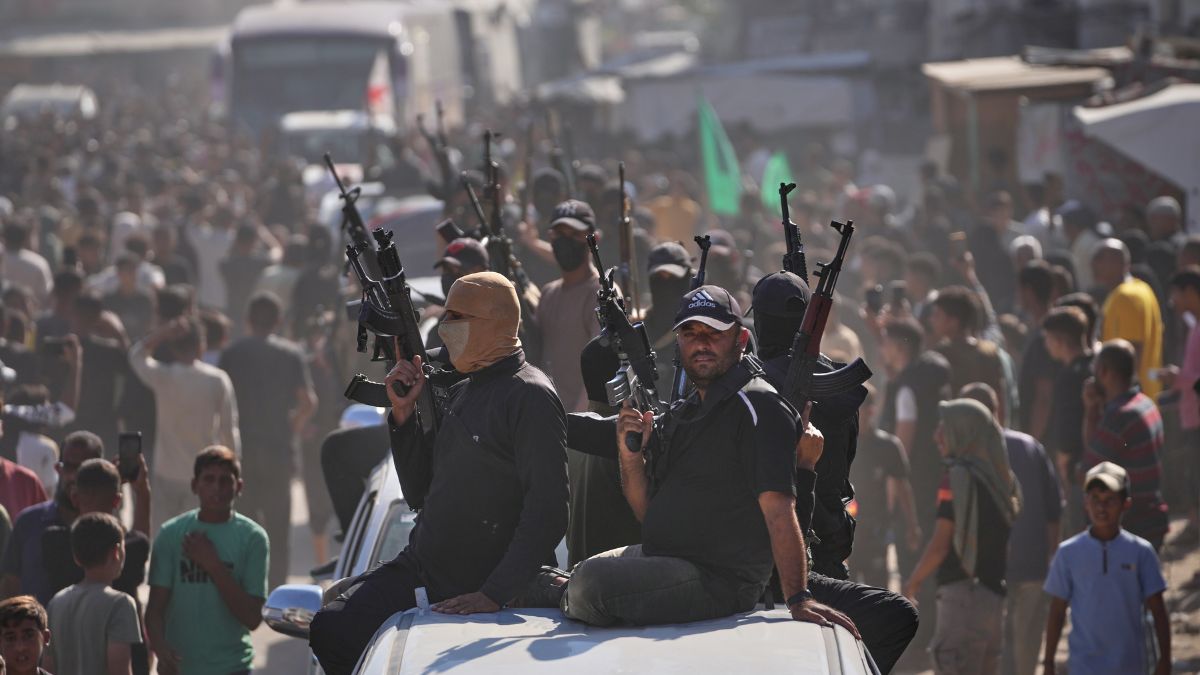)

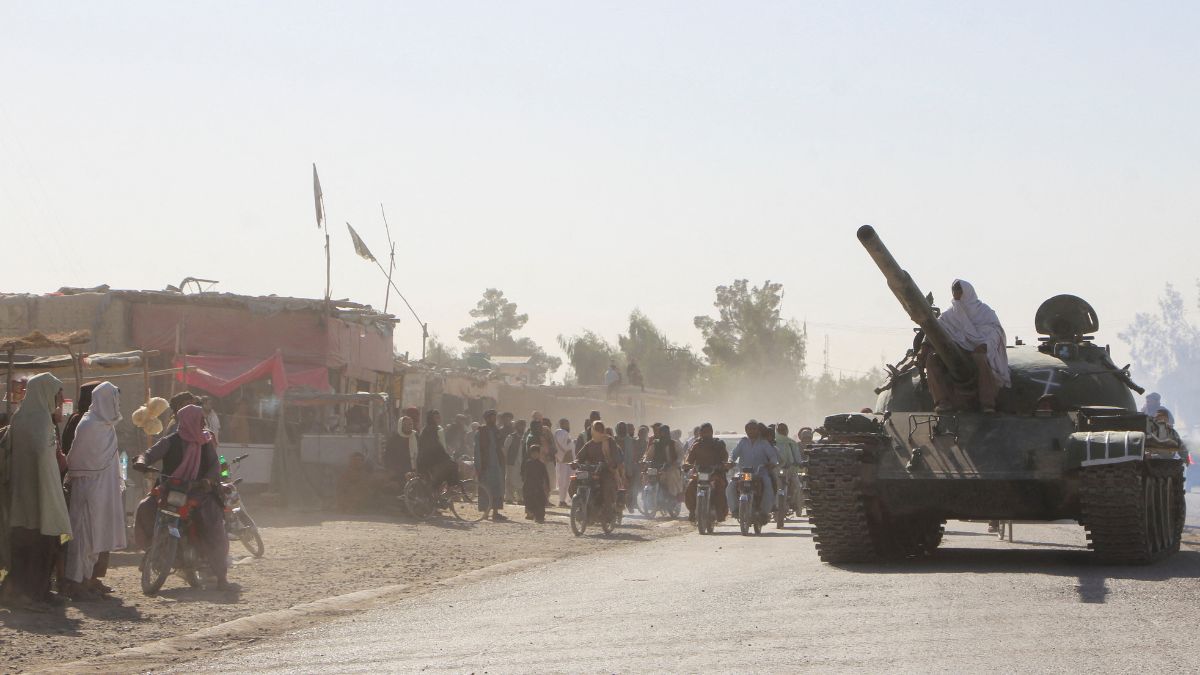)
)
)
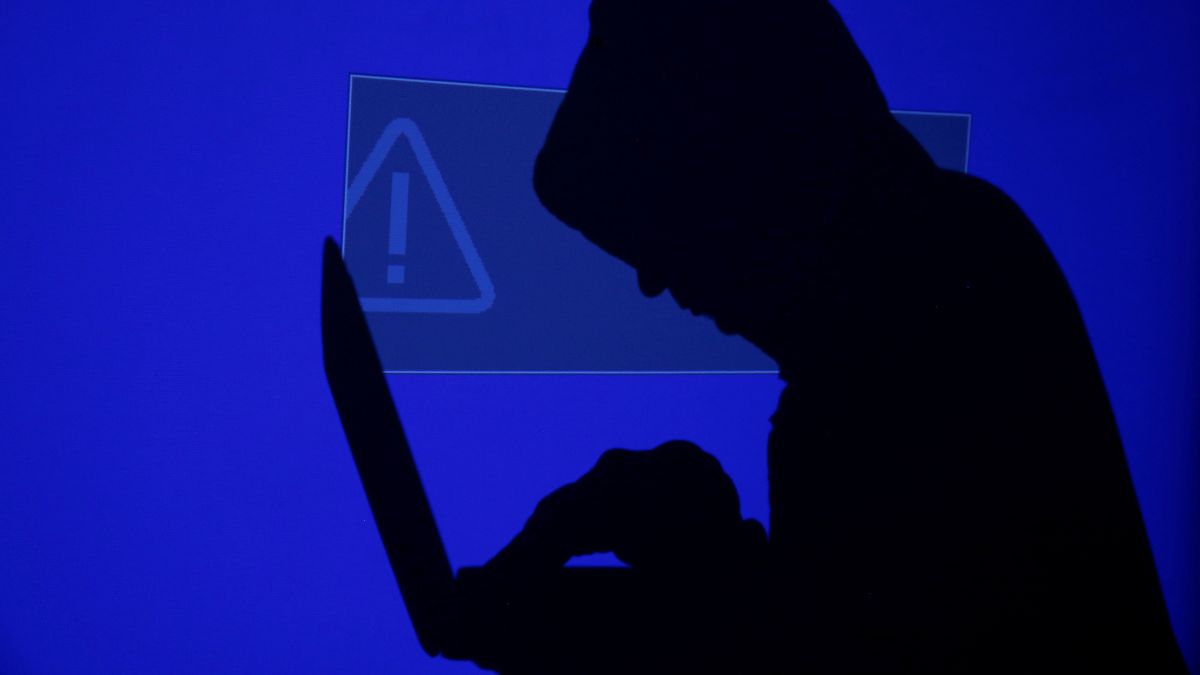)
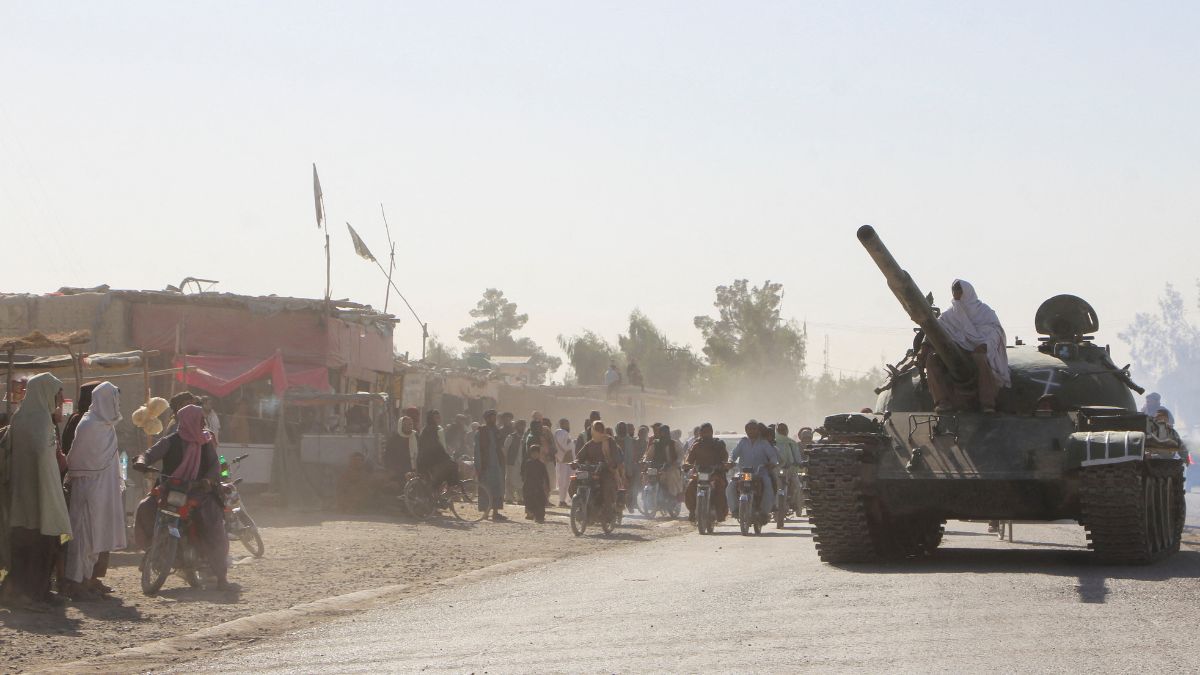)
)
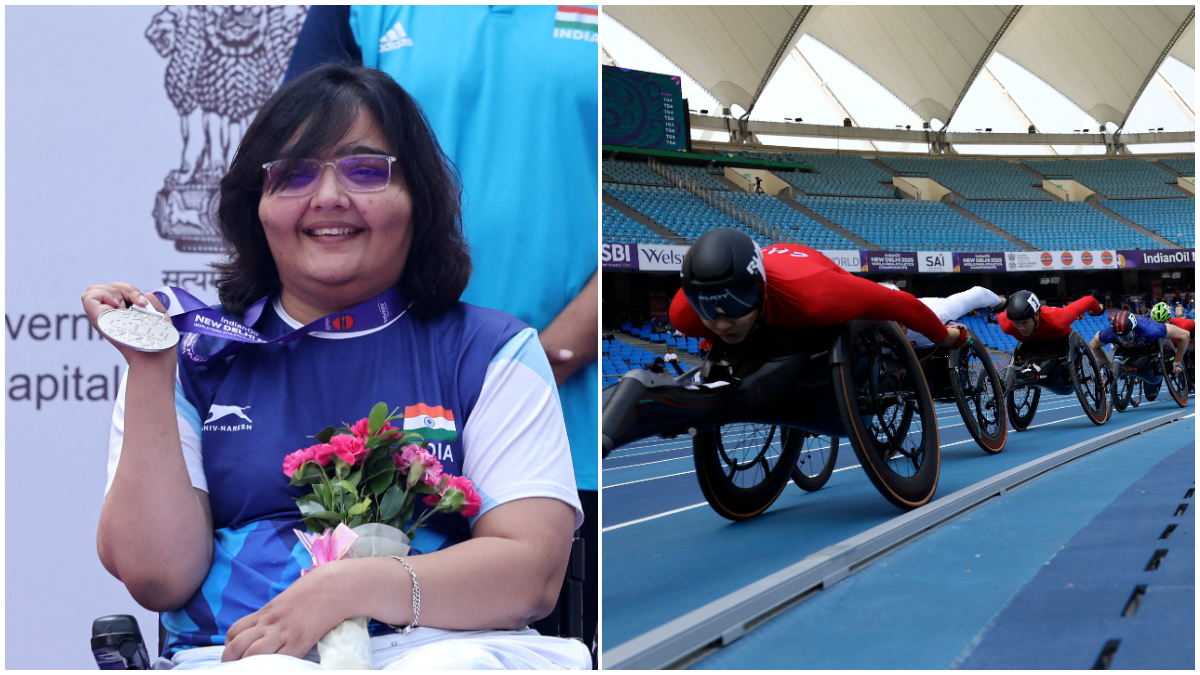)
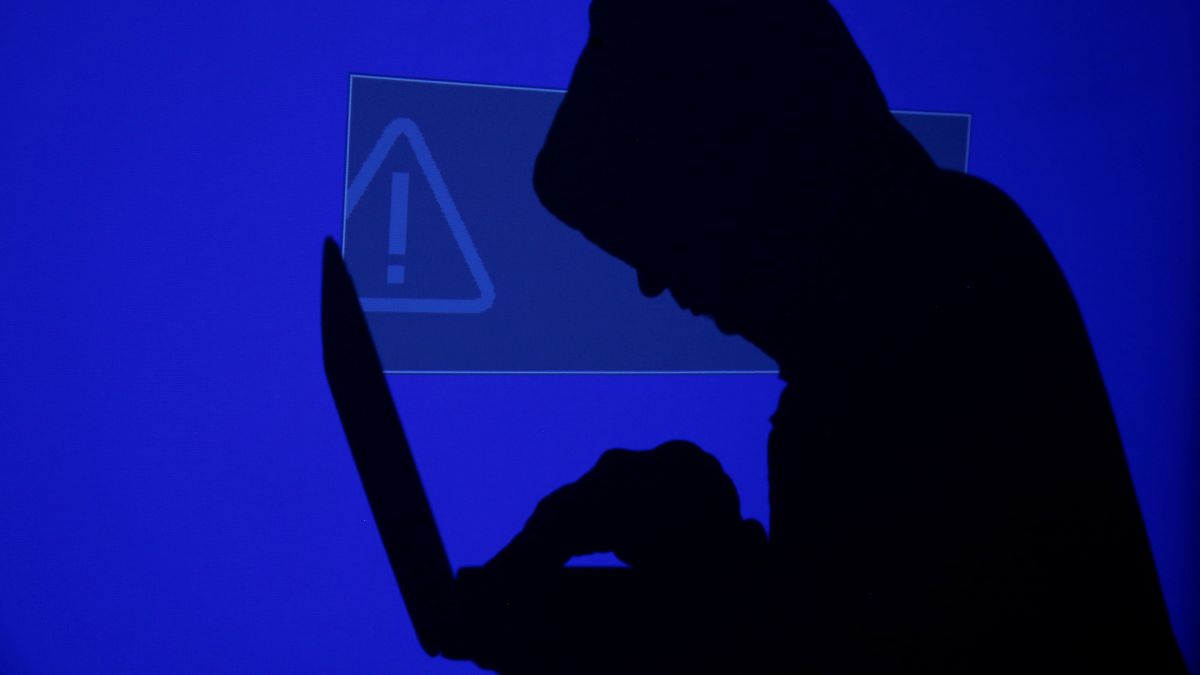)



